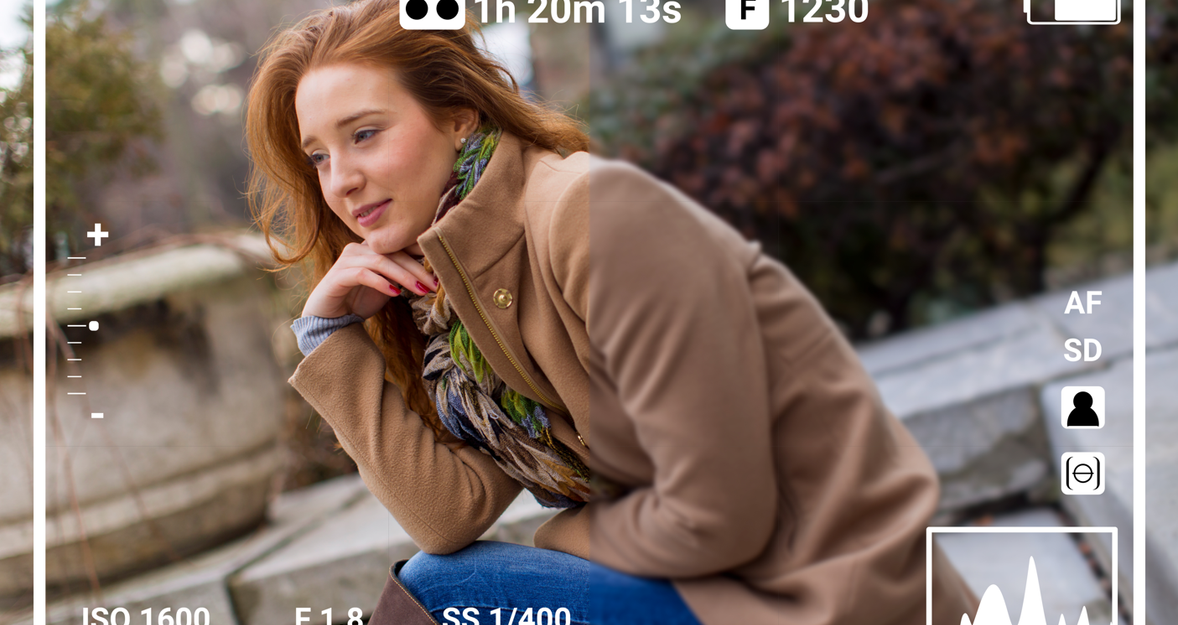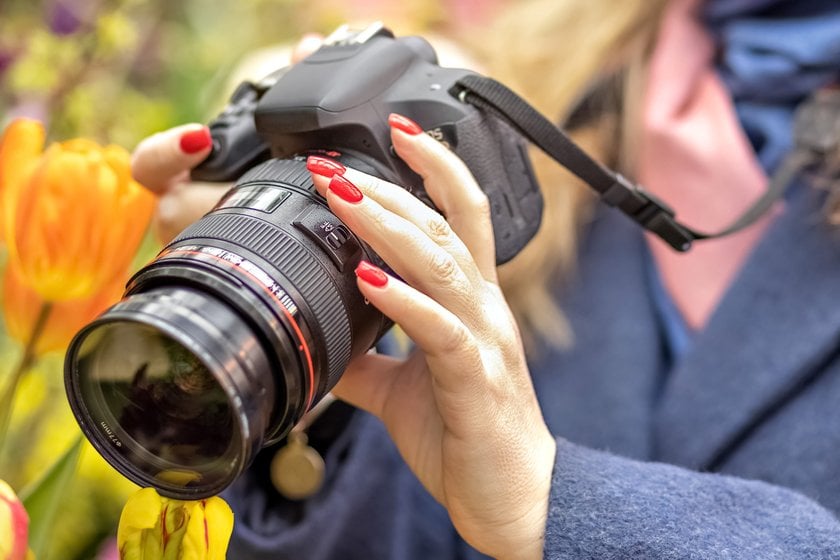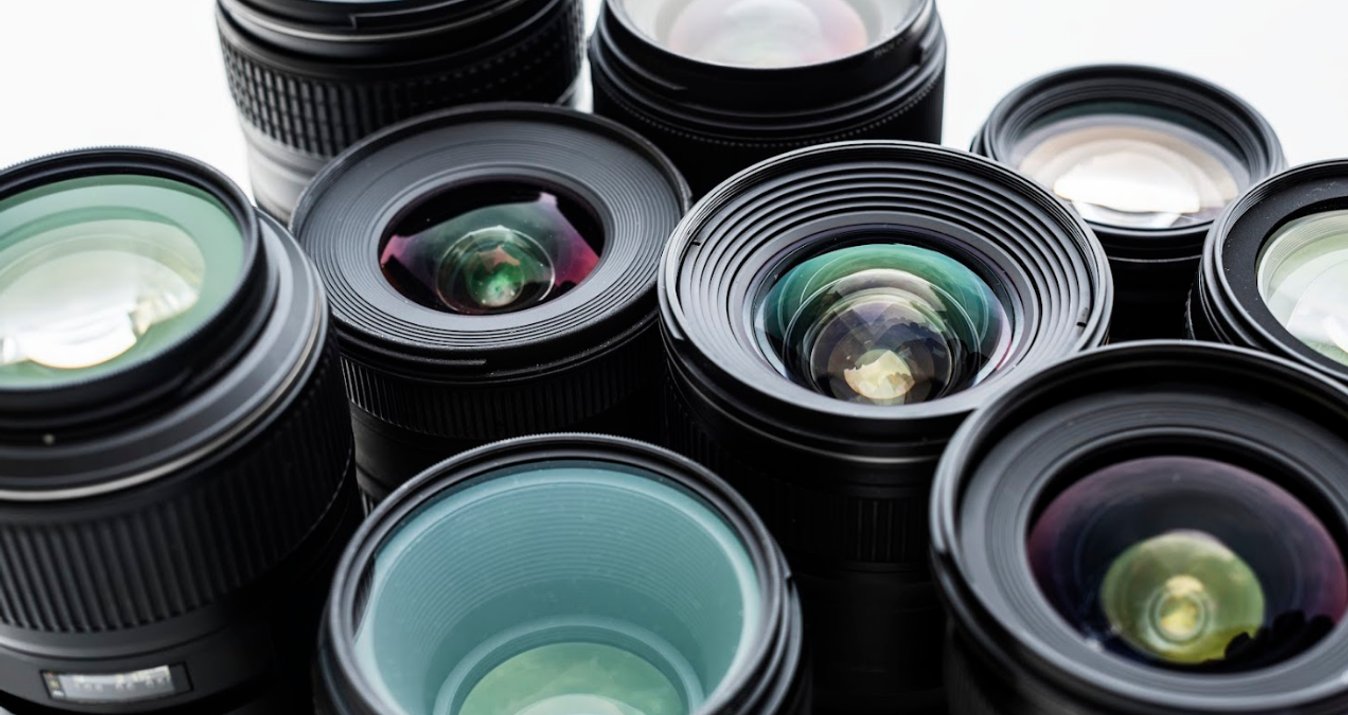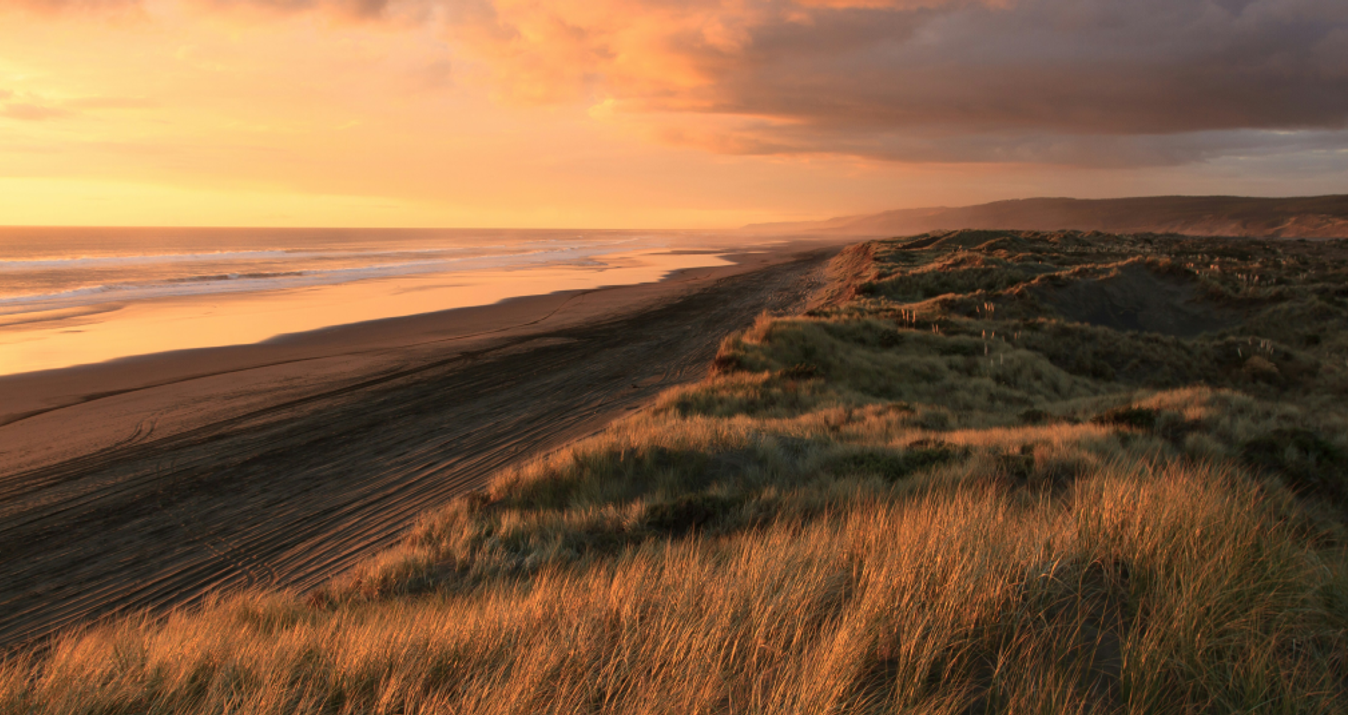Why Won't My Camera Focus? Effective Solutions To Fix Issues
February 18, 2025

Struggling with a blurry camera? Discover the most common reasons why your camera won’t focus and learn effective solutions to fix autofocus issues quickly.
If you've ever been in the middle of a photoshoot and found your camera is going in and out of focus, you know how frustrating it can be. Focus is crucial in photography because it determines which part of your image will be sharp and clear. A well-focused photo helps draw attention to the subject. On the opposite, if the focus is off, your image can look blurry or messy.
In this post, we'll talk about the common reasons why your camera won't focus and give simple solutions on how to fix blurry photos.
Understanding Focus in Photography

In photography, focus refers to how sharp or clear the subject in your photo appears. When your camera focuses, it adjusts the lens to make the subject look crisp.
Digital cameras usually use two types of focus: autofocus (where the camera does it for you) and manual focus (where you adjust it yourself). A little more detailed definition:
Autofocus is when your camera automatically adjusts the lens to focus on the subject, making it easier and quicker to get sharp images. It's great for fast-moving subjects or when you're in a hurry.
Manual focus is when you adjust the focus yourself by turning the lens. It gives you more control, especially in tricky situations like low light or when you want to focus on something specific.
Why is My Camera Out of Focus? Common Causes and Fixes
1. Incorrect Focus Mode
 Cameras have different focus modes for different situations:
Cameras have different focus modes for different situations:
Single Focus Mode: This is used for stationary subjects. When you press the shutter button halfway, the camera focuses once and locks in the focus. It's great for still objects like landscapes or portraits.
Continuous Focus Mode: This mode is for moving subjects. The camera constantly adjusts the focus as the subject moves, so it's perfect for action shots like sports or wildlife.
Manual Focus: In this mode, you control the focus by turning the lens yourself. It's useful when you want complete control, especially in tricky situations like low light or close-up photography.
How to Fix It:
To fix focus issues, start by choosing the right focus mode for your situation:
For still subjects, use Single Focus Mode. This will lock the focus once you press the shutter halfway. Great for landscapes or portraits.
For moving subjects, switch to Continuous Focus Mode. The camera will keep adjusting focus as the subject moves, which is perfect for action shots like sports or wildlife.
When you want full control, try Manual Focus. You can adjust the focus yourself, which is helpful in tricky situations like low light or macro photography. Also, here, we recommend using focus stacking software for better image quality.
Simply go into your camera's settings and select the mode that suits what you're photographing.
2. Lens Issues
 If you're wondering, 'Why does my camera keep trying to focus?' the issue may be due to lens problems, such as:
If you're wondering, 'Why does my camera keep trying to focus?' the issue may be due to lens problems, such as:
Dirty Lens: Fingerprints, dust, or smudges on the lens can block light and cause blurry photos. It's essential to clean your lens regularly.
Damaged Lens: Cracks or scratches on the lens can affect focus. A damaged lens might not focus correctly or at all.
Lens Not Fully Attached: If the lens isn't correctly mounted to the camera body, it can cause focusing issues. Make sure the lens clicks into place securely.
How to Fix It:
Keeping your lens clean is essential to avoid autofocus problems.
Use a Lens Brush: Gently brush away dust using a soft lens brush. Avoid using your fingers.
Blow Away Loose Particles: Use a blower to blow off any remaining dust or dirt. Never use compressed air, as it can damage the lens.
Wipe with a Microfiber Cloth: Use a clean, soft microfiber cloth to wipe the lens in a circular motion. This helps remove fingerprints or smudges.
Lens Cleaning Solution (if needed): For stubborn smudges, apply a small amount of lens cleaner to the cloth (never directly on the lens) and gently wipe.
3. Low Light Conditions
 In low light, your camera's autofocus can struggle because there isn't enough light to detect details. Autofocus works best when there's sufficient contrast in the scene, such as light and dark areas. In dim conditions, the camera may have trouble locking focus, resulting in blurry or out-of-focus images. So, if you're wondering, 'Why is my camera focusing and unfocusing?' the reason is clear—but how can you improve it?
In low light, your camera's autofocus can struggle because there isn't enough light to detect details. Autofocus works best when there's sufficient contrast in the scene, such as light and dark areas. In dim conditions, the camera may have trouble locking focus, resulting in blurry or out-of-focus images. So, if you're wondering, 'Why is my camera focusing and unfocusing?' the reason is clear—but how can you improve it?
How to Fix It:
To improve autofocus in low light:
Add More Light: Brighten the scene with an external light source, like a flashlight, lamp, or speedlight.
Increase ISO: Raise the camera's ISO setting to make the sensor more sensitive to light. However, be careful, as an ISO that is too high can cause grainy photos.
Use a Wider Aperture: Set your lens to a lower f-number (like f/2.8) to let in more light, which helps with focusing in dark situations.
Use a Slower Shutter Speed: A slower shutter speed allows more light into the camera. Be careful with moving subjects, as it might blur them.
Find out more: How to Take Night Photos
4. Obstructions in the Focus Path
 Something in front of your camera's lens or between the camera and your subject can block the focus. For example, objects like leaves, glass, or even your hand can stop the camera from locking onto the subject you want to focus on.
Something in front of your camera's lens or between the camera and your subject can block the focus. For example, objects like leaves, glass, or even your hand can stop the camera from locking onto the subject you want to focus on.
How to Fix It:
Make sure nothing is blocking the lens or camera's autofocus system:
Clean the Lens: Ensure the lens is free of dust, dirt, or smudges that could block light and affect focus.
Check for Objects in the Way: Look for any items like your hand, a strap, or branches that could be in front of the lens.
Examine the Lens Mount: Make sure the lens is properly attached to the camera and not loose.
5. Wrong Autofocus Settings
 Sometimes, the autofocus settings may be the problem. For example:
Sometimes, the autofocus settings may be the problem. For example:
Focus Points: Cameras use focus points to decide where to focus. If the wrong point is selected, the camera might focus on something other than your subject.
Autofocus Area Selection: This setting controls the area the camera uses to focus. If set too wide, the camera might focus on the background instead of the subject. It might not find the right spot to focus if it's too narrow.
How to Fix It:
To improve focus, check and adjust your autofocus settings:
Focus Points: Make sure the camera is using the right focus point. If it's too far from your subject, the camera might focus on the background instead. Select a focus point closer to your subject.
AF-Area Mode: Adjust the autofocus area to fit your subject. If you're photographing a single subject, use a single-point mode. For moving subjects, choose dynamic-area or wide-area mode to allow the camera to track the subject better.
Regularly fine-tune these settings to match your shooting situation.
If you've taken a great photo that turned out blurry, don't worry. With AI-powered photo editors like Luminar Neo, learning how to fix unfocused pictures is easier than ever.
When Manual Focus is the Answer
 Sometimes, answering the question, “Why does my camera keep refocusing?” isn’t straightforward. In certain situations, switching to manual focus is the most effective choice:
Sometimes, answering the question, “Why does my camera keep refocusing?” isn’t straightforward. In certain situations, switching to manual focus is the most effective choice:
Low Light: In dim environments, the camera may struggle to focus. Manual focus lets you control the sharpness, even in the dark.
Close-up Photography: Autofocus can have trouble locking onto tiny details for macro shots. Manual focus gives you precise control to focus on small subjects and increase image quality.
Obstructed Subjects: If there's something blocking the camera's autofocus (like a busy background), switching to manual focus ensures the camera focuses exactly where you want.
Action Shots: When photographing fast-moving subjects, autofocus may struggle to keep up. Manual focus can help you pre-focus on the spot and capture the moment.
Find out more: Photography Cheat Sheet: Camera Manual Settings (Infographic)
Tips for using Manual Focus
Use a Tripod: In low light or macro photography, use a tripod to keep the camera steady and make it easier to focus without shaking.
Zoom In on the LCD Screen: On your camera's screen, zoom in to get a closer look at your subject while adjusting the focus. This helps you structure the image.
Use Focus Peaking: If your camera has focus peaking, turn it on. It highlights the areas in focus with a bright color, making it easier to see if you've nailed the sharpness.
Pre-focus for Moving Subjects: In action shots, manually focus on a spot where you expect the subject to be and wait for them to move into that zone.
Take Your Time: In low light or macro photography, small adjustments can make a big difference. Take your time and make fine-tuned changes to get the sharpest image.
When to Seek Professional Help
 If your camera continues to have focus issues despite trying all the simple fixes, it might be time to seek professional help.
If your camera continues to have focus issues despite trying all the simple fixes, it might be time to seek professional help.
Signs that the problem could be more serious include persistent autofocus failure, even in good lighting, or strange sounds coming from the lens when attempting to focus.
Additionally, it may need repairs if the lens is physically damaged, like cracked or misaligned. A broken autofocus motor can also prevent proper focus, and this typically requires a technician to fix it.
If you notice these symptoms, it's best to take your camera to a professional for a proper diagnosis and repair.
The Bottom Line
When a camera is not focusing, it can be very frustrating. But with the proper knowledge, you can often fix this issue yourself. However, if the problem persists, don't hesitate to seek professional help. With patience and care, you can ensure your camera is ready to capture clear, sharp photos every time.


![10 Best AI Image Upscalers Of 2025 [Free & Paid]](http://media.macphun.com/img/uploads/macphun/blog/2451/1_10BestAIImageUpscalersFreePaidISkylum.jpg?q=75&w=1348&h=715&resize=cover)


